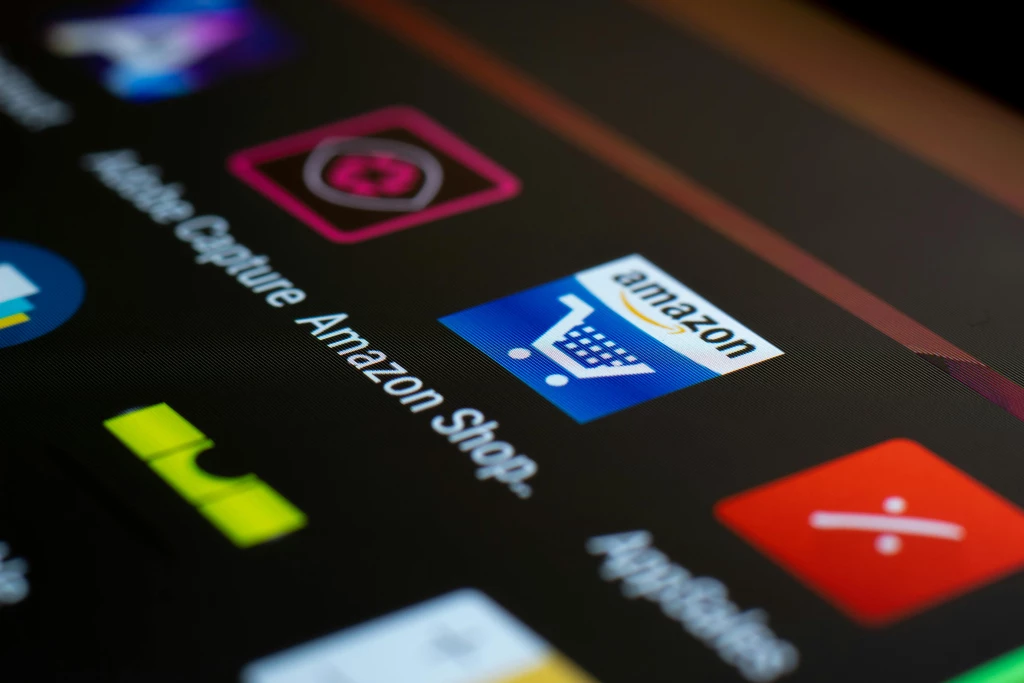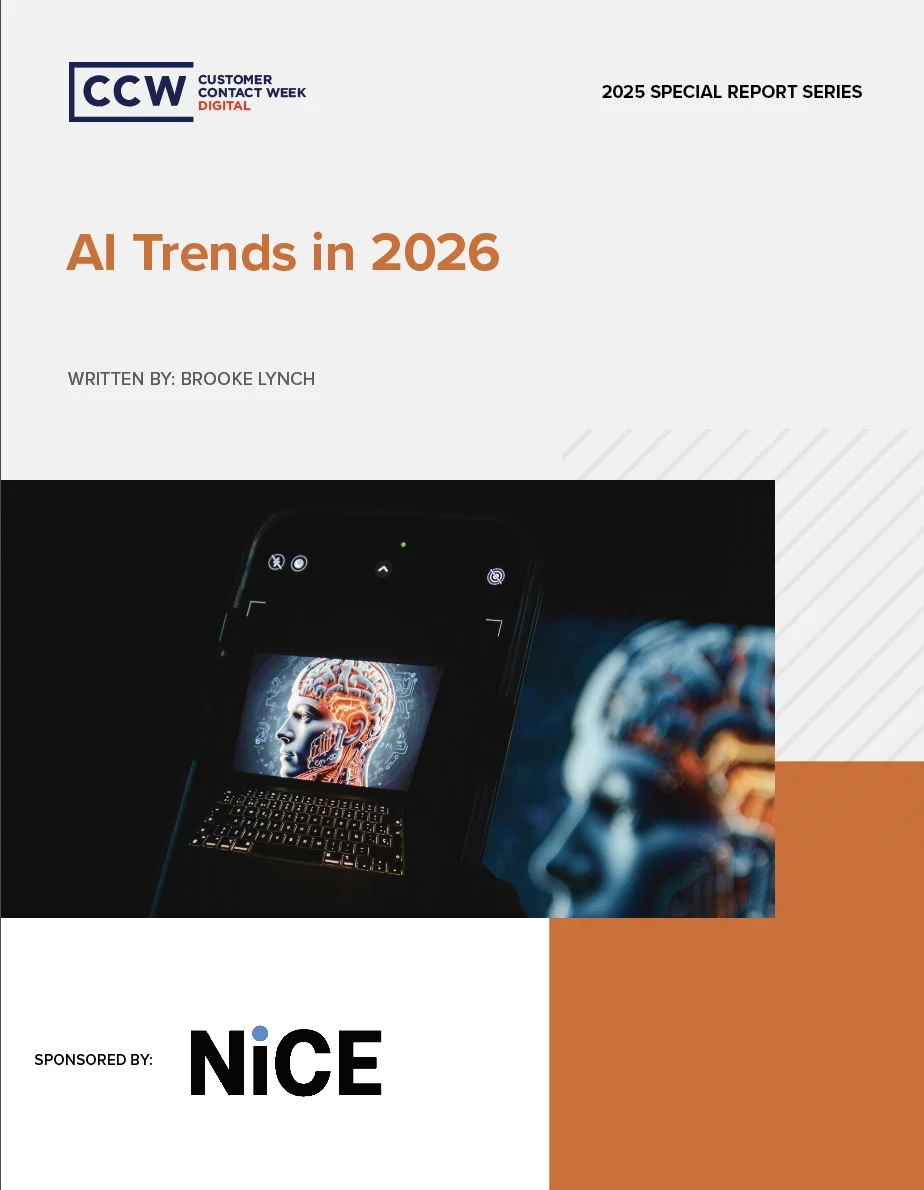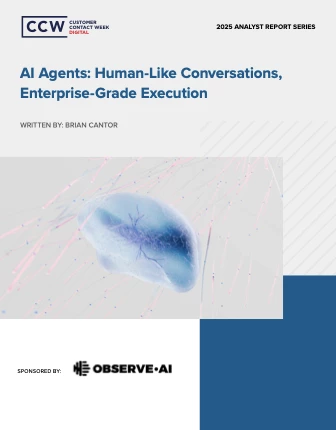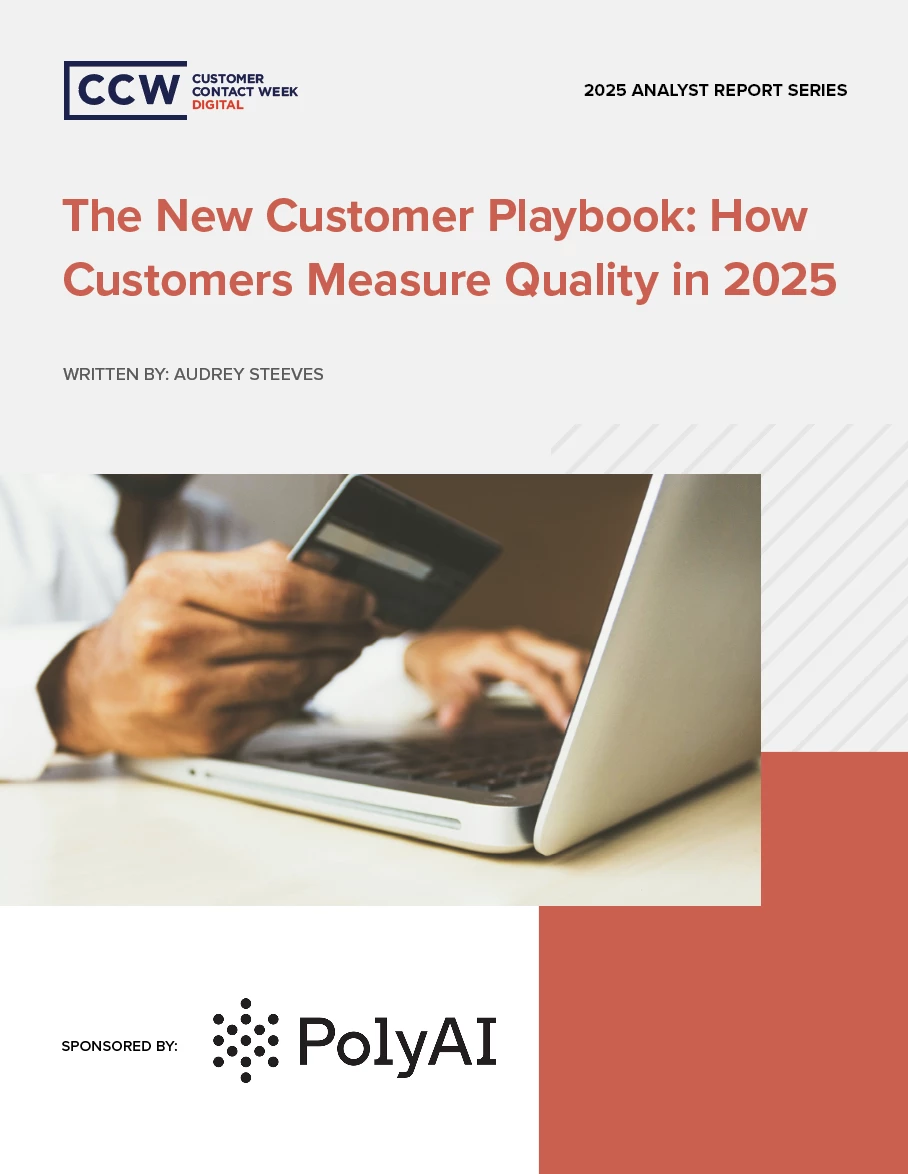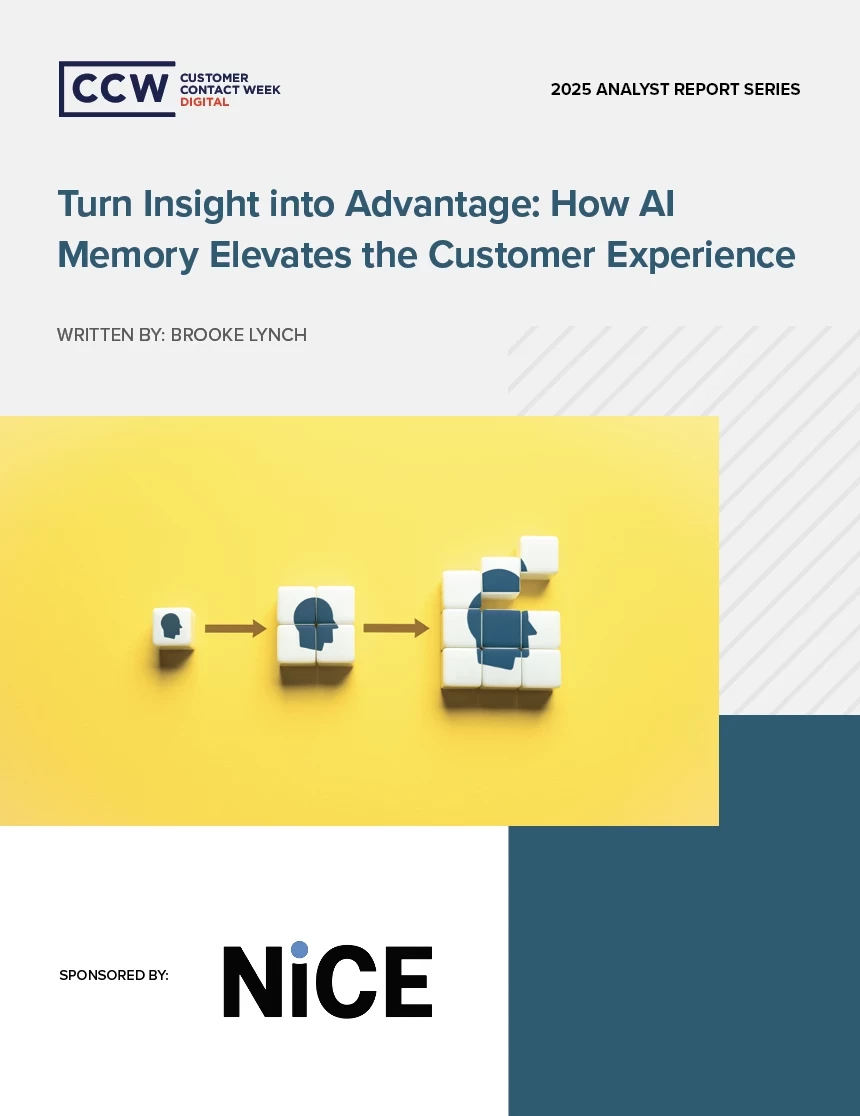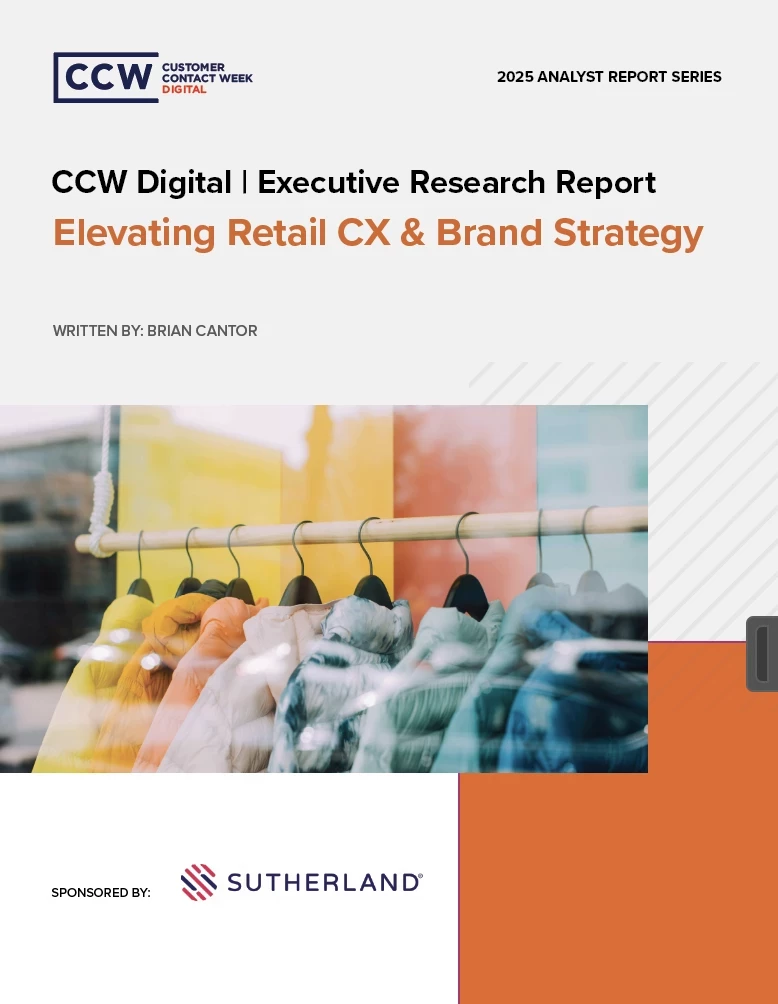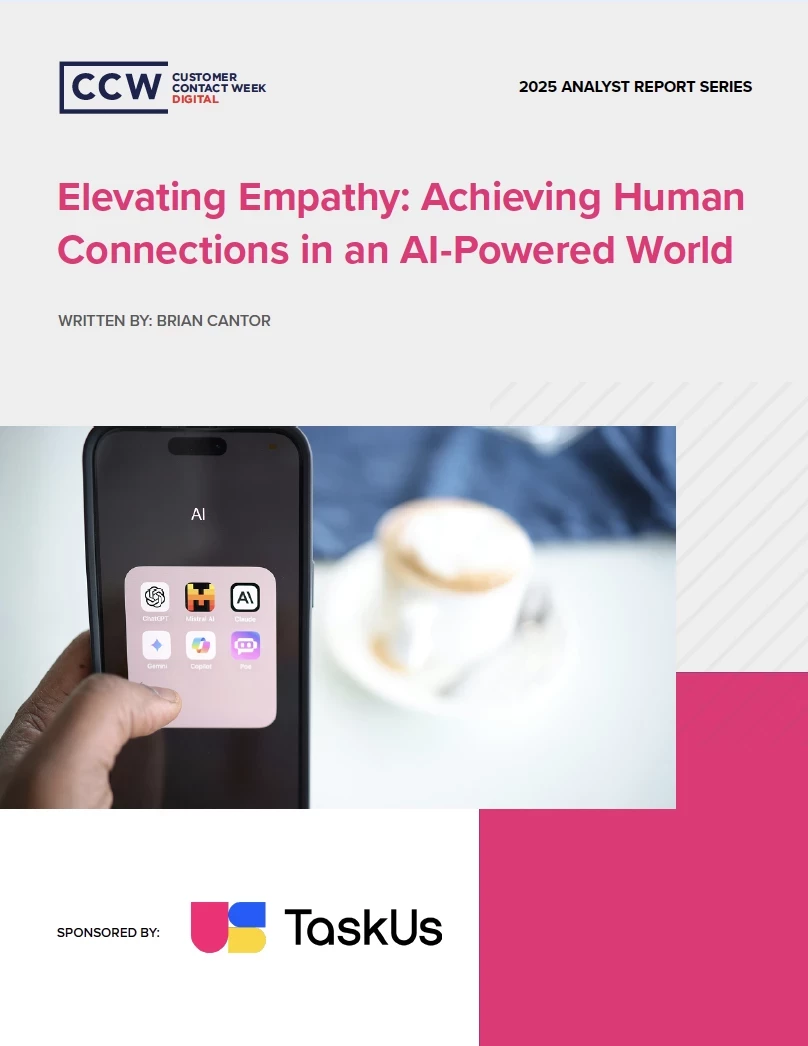Is Customer Effort Increasing, In The Digital Age?
Add bookmark
The digital transformation has considerably improved the customer experience; in theory, customers should be able to receive assistance almost instantly to solve their most complex queries. However, according to new research, customer effort may actually be increasing, leaving individuals forced to follow up to resolve even their most basic concerns.
According to a new survey on the current state of customer experiences, there was a decline in customers’ ability to receive a resolution after their first contact with a brand, leaving the new number as low as 42%. To compound this, individuals noted that they have difficulty reaching agents after attempting to navigate complicated phone systems. They also expressed problems with long wait times and emphasized the annoyance of repeating information.
All of this marks an increased effort on the customer’s behalf, something that brands should actively be working to reduce. Ease of use is consistently a top indicator of a successful and satisfactory customer experience. What’s more surprising, then, is the fact that some businesses are not actually measuring it, apparently, only 29% of businesses measure their customers’ effort, which may be a reflection of the multi-step resolution customers are currently facing. Measuring the amount of effort your customer is actually putting in with each of their requests can offer valuable insight into their overall experience. Additionally, giving customers the opportunity to share any friction they had throughout their purchasing/inquiry process can potentially mend their future interactions with your brand.
Considering my own experiences, it’s easy to understand why customer effort is important. For example, I often dealt with one of the more under-discussed disappointing and annoying realities of living in a NYC apartment building: seeing your package was delivered only to find out it was swiped before you ever had the chance to look. Although irritating, it gave me some insight into customer effort. Once, when ordering an item from the Poshmark online marketplace, I sadly realized my package was empty and the contents of the delivered box had been stolen, so I quickly initiated a claim via email. I was anxious about the response since I knew it was technically delivered, but after one quick email I got a note from an agent letting me know I would receive a full refund, no questions asked. This experience was markedly different than others, I would often have to have the claim investigated or provide an account of the theft which was simply another annoyance after having the package actually stolen. I began to have anxiety about a package being stolen, even before I ordered the items. But the quick and seamless resolution Poshmark offered me gave me a greater sense of trust in the brand, allowing me to freely order from the platform with little worry. This experience effectively proved the positive relationship between low customer effort and satisfaction and even solidified my loyalty to the brand
To reduce customer effort, it’s worth considering your business’s ability to provide first contact resolution. By limiting the number of interactions it takes to solve a customer’s issue, you’re not only decreasing customer effort but also working to establish successful and prepared agents. Although companies continue to focus on an omnichannel experience, offering multiple channels and digital assistance, it’s still important to make sure these channels are actually effective in resolving customer complaints quickly and with ease.
To achieve first contact resolution, equip agents with both the tools and skillset to expertly handle customer issues; focusing on training that promotes both agility and efficiency can benefit both customers and agents. Additionally, consistently reviewing the quality of agent interactions can limit future escalations. Pinpointing friction within interactions can provide valuable insight to reduce the need for multiple touchpoints. Ultimately, quick and low effort experiences have a critical impact on customer satisfaction; and if customer effort is actually increasing, it’s worth considering your organizations’ ability to provide seamless resolutions upfront.
Photo by Megan_Rexazin Pixabay












